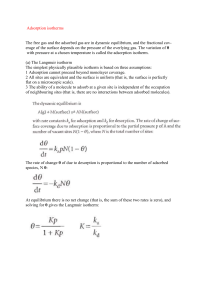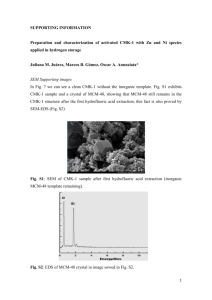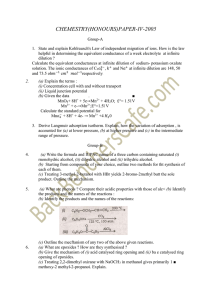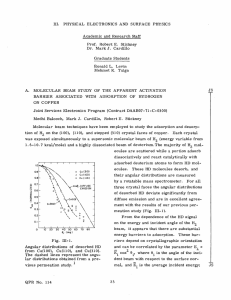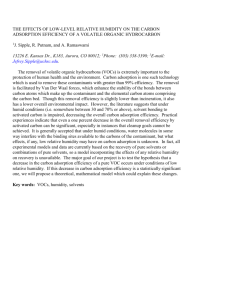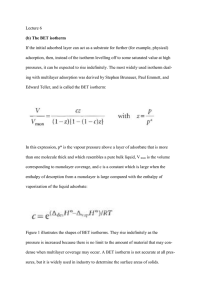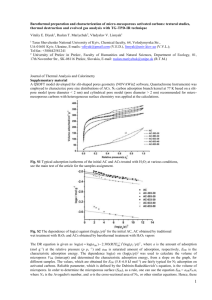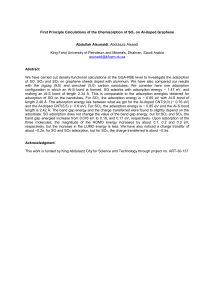Functional Polyethersulfone Particles for the Removal of Bilirubin
advertisement
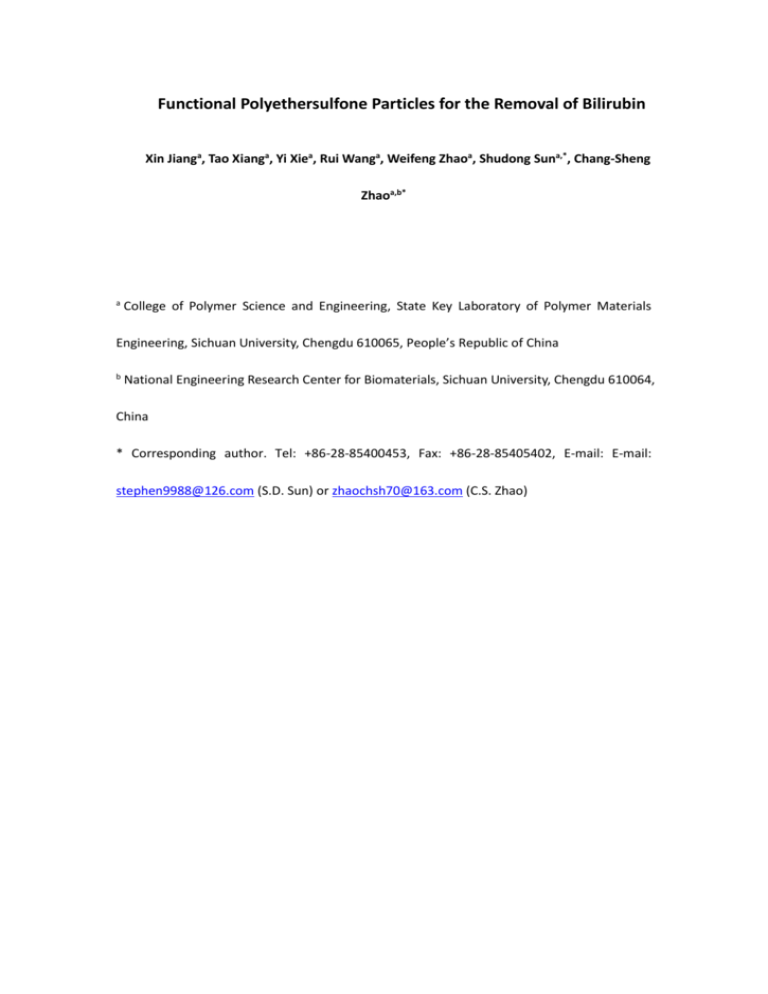
Functional Polyethersulfone Particles for the Removal of Bilirubin Xin Jianga, Tao Xianga, Yi Xiea, Rui Wanga, Weifeng Zhaoa, Shudong Suna,*, Chang-Sheng Zhaoa,b* a College of Polymer Science and Engineering, State Key Laboratory of Polymer Materials Engineering, Sichuan University, Chengdu 610065, People’s Republic of China b National Engineering Research Center for Biomaterials, Sichuan University, Chengdu 610064, China * Corresponding author. Tel: +86-28-85400453, Fax: +86-28-85405402, E-mail: E-mail: stephen9988@126.com (S.D. Sun) or zhaochsh70@163.com (C.S. Zhao) Supporting information Fig. S1. Diagrammatic sketch of device A This device is made of stainless steel. Pump provides constant pressure to ensure the uniform drop of the solution. The diameter of the needle was 0.6 mm. The coagulation bath was deionized water containing sodium dodecyl sulfate (SDS). Fig. S2. Diagrammatic sketch of device B For device B, the structure of the nozzle is different from that for device A. The drop of the solution could be cut into smaller drops through the flow air. Then smaller size particles could be prepared. The diameter of the needle was 1.0 mm. The coagulation bath was deionized water containing sodium dodecyl sulfate (SDS). Fig. S3. Application of the intraparticle diffusion model for the adsorption of bilirubin. Initial bilirubin concentration: 150 mg/L; Temperature: 25 ◦C; Medium: phosphate buffer (pH=7.4). Fig. S4. Application of Langmuir adsorption isotherm (a) and Application of Freundlich adsorption isotherm (b) of P-A-DETA, P-A-HDA and P-B-HDA particles. Temperature: 25 ◦C; Adsorption time: 150 min; Medium: phosphate buffer (pH=7.4).
